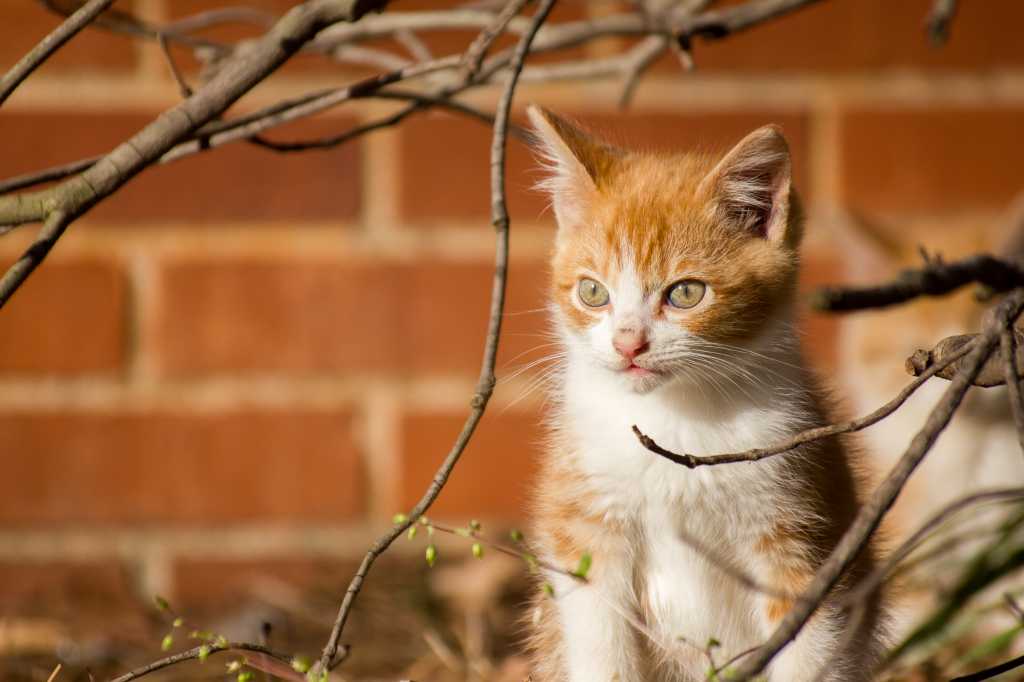
Michael Stearns, a fourth-year CS major, works hard to balance both his academic and musical aspirations. Despite his Tech workload, he and his band, We Few, released an album in November 2013 and he is a leading member in Tech’s Musicians Network.
Technique: What do you hope to do with your major?
Stearns: To be totally honest, I have no idea! I’d really like to find some way of incorporating music or audio into my job, but I really love computer science as a whole, and will probably be happy, regardless of my job.
Technique: You and your band, We Few, recently released an album. What is it called, and what kind of music is on there?
Stearns: Our album is called “Alligator Pears and Dumb Double Dares.” The album is a blend of folk tunes, punk and some odd soundscapes straight out of something from WREK radio.
Technique: How long has We Few been a band and how did you come together?
Stearns: We’ve been a band for about a year, although we’ve gone from a two piece to a solo project and back to a full band within that year.
The band originally started as an outlet for silly covers between my then-roommate and me. We eventually wrote a few original songs, and then the band’s been around ever since.
Technique: What made you decide to release an album?
Stearns: I’m always in the middle of recording, and eventually, it just felt like the album had to be released or we would never finish it. We’ve been working on it for a year, and it just felt like it was time for the album to see the light of day.
Technique: What was your favorite part of the album making process?
Stearns: I love working with new people, bringing in friends to play little parts and watching it turn from an empty sounding series of songs into a massive wall of interesting parts.
I always have fun when a friend mentions that they play an odd instrument, and we get to bring them into the studio for a quick couple of takes.
Technique: What was the most frustrating part of the process?
Stearns: The mixing. Spending hours and hours listening to the same tracks in an attempt to find ways to tweak a bunch of controls and get the sound that you want? It’s exhausting, infuriating, and also one of the most important parts of recording. That said, it’s a lot easier for me now than it was a year ago.
Technique: What is your biggest dream for We Few?
Stearns: I would love the chance to go on a proper tour of the U.S. We’ve done a few jaunts out of state, but getting a vehicle large enough for the full band, plus gas money, plus finding the time off?
Sometimes I question if it’ll ever happen, although I don’t think it’s too far off.
Technique: If you could play with one musician, or band, either dead or alive, who or which would it be?
Stearns: From the dead folks in world, I would probably pick Hound Dog Taylor. From the living, I’d pick Pete Seeger.
Both are absolutely amazing, and you should check them out. Pete Seeger helped make American music what it is today, and Hound Dog Taylor is a blues legend who really had some strong music going. Most of the new “punk-blues” bands (such as the Black Keys and the White Stripes) call on Hound Dog Taylor’s sound.
Technique: What are your hobbies apart from We Few?
Stearns: I spend a lot of time on school, a lot of time biking and a lot of time running Musician’s Network, which is a school club dedicated to bringing musicians together and running the on-campus music venue Under the Couch.
Technique: How do you balance being in a band and being at Tech?
Stearns: Lots of caffeine and almost no sleep. Also, time management skills are a must, although I must profess that I’m kinda bad at such things.









